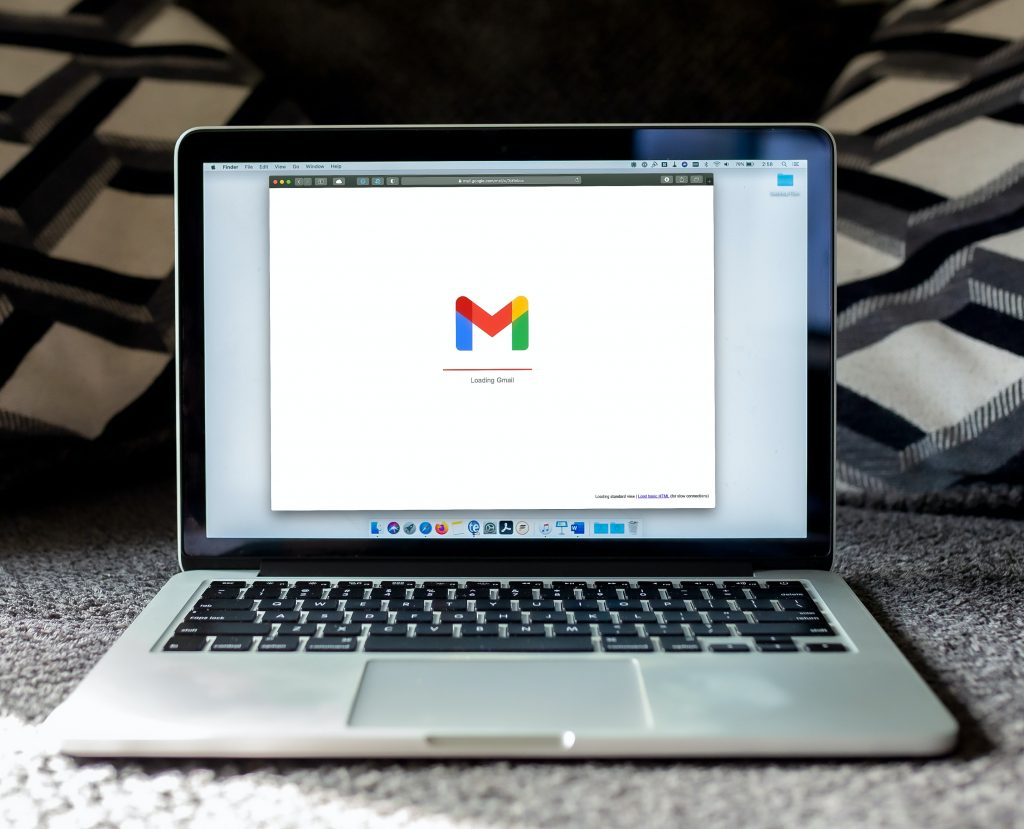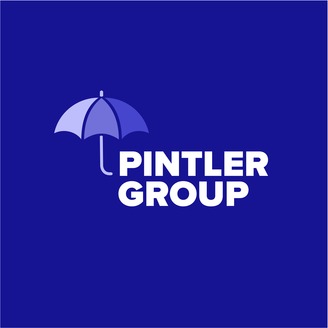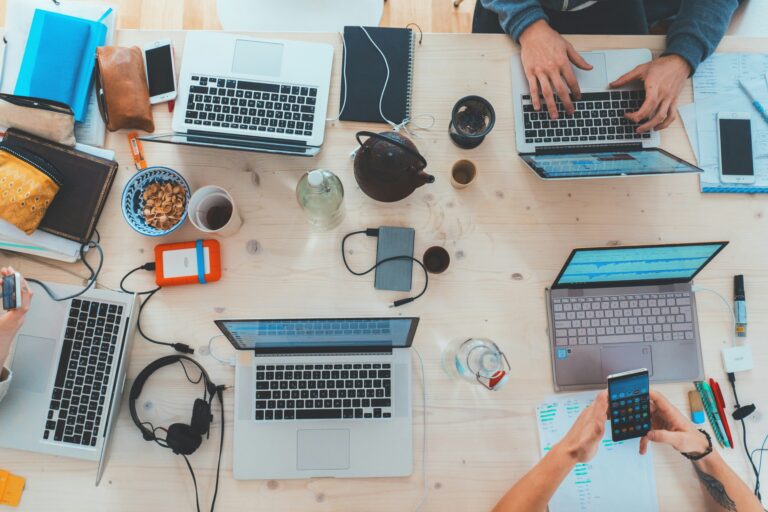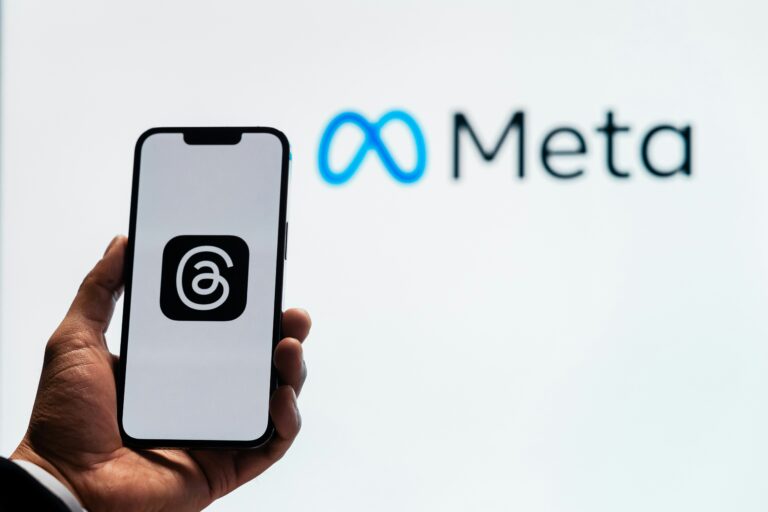Digital marketing is noisy. For those with little to no marketing experience, trying to market your business efficiently and affordably can be a difficult and frustrating process. How can one stand out to prospective customers amongst the seemingly endless onslaught of advertising? In email marketing especially, it’s easy to overwhelm both yourself and your audience. How many emails do you send to subscribers? What kind of content connects most with subscribers? Are email-only campaigns successful on its own?
In our Cutting Through the Noise series – delivered through podcasts, videos, and blogs – we’re here to help you navigate the nuances of digital marketing on a higher level. Even the most novice users to marketing understand that there is more than one way to reach and connect with customers. These methods, commonly referred to as traction channels, vary across mediums and when used smartly, can help you find what tactics grow your business most effectively. This series will cover the 19 traction channels defined by Gabriel Weinberg and Justin Mares in their book Traction, starting with email marketing.
Traction Channel #1: Email Marketing
As discussed in our first Cutting Through the Noise video, email marketing is a powerful channel for any business to take advantage of. At Pintler Group, we believe that combining email strategies with other channels often leads to more successful campaigns and results for our clients.
For example, let’s walk through our Golf Giveaway campaign we ran for our retail client UPTOP back in May.
UPTOP Case Study
UPTOP, a retail company based in Montana, has a pretty devoted following. Ranging from those who proudly wear gear showing their school, state or country pride to those who support the brand as a lifestyle culture, UPTOP has carved out for itself a nice market in the western states. This past quarter, we set out to reach a goal of increasing total email subscribers for this client, with a focus on reaching new customers on a national level. When brainstorming strategies for this goal, our team noted that quite a few UPTOP followers are avid golfers. This sparked the idea of creating a campaign designed to attract golfers across the United States in hopes of increasing the existing list of email subscribers. Thus, our team at Pintler Group racked their brains together and devised a strategy uniting platforms to seamlessly achieve this goal.
Leveraging Facebook Lead Generation Ads
It shouldn’t be surprising that Facebook is a powerful tool in the world of advertising. Given that there are 2.38 billion monthly active users on Facebook, marketers have a great advantage in using this platform to reach relevant audiences. We started off this campaign by designing both a video and still image creative to test through a lead generation focused the campaign on Facebook, with a simple message: “We’re giving away more than $100 in UPTOP golf apparel.” Once a user clicks on the “Sign Up” call-to-action button, they’re taken directly to a form prompting them to provide their name and email address. Simple as that!

Automated Integrations
So, we’ve got the ads up enticing users to sign up for the chance to win UPTOP gear. Now what? Manually download and organize the data gathered from the lead forms? Talk about a tedious and boring process…lucky for us, automation exists! Zapier, our preferred integration platform, allows for you to set up “zaps”, or a set of rules, to connect multiple platforms based on actions taken by a user. For this campaign, we activated a zap that gathered the form data from Facebook to feed straight into our Mailchimp master list for UPTOP, then sent us an email notifying us of any leads submitted. Once entered into our master list, we could now start developing a relationship by sending predesigned automated emails through Mailchimp.
Automated Emails
Email marketing is a channel designed to be personalized and designed with the customer in mind. You need to think like an email receiver, not a sender. At what frequency do you get exhausted with your subscribed emails? What type of language turns you away? The point of getting email subscribers is to build a long term relationship with your customers, not a “get to this number quick, then lose them after a week.” It’s a delicate balance testing how your audience will respond, but that’s what makes email marketing powerful: the ability to optimize and test different strategies to make each email relevant and engaging to the subscriber, which allows for relationships between a customer and a brand to develop.
With this campaign, we kept our automated emails light. We knew part of this audience would only want free stuff, and too many emails upfront may scare them off. After a user submitted a form, our Mailchimp campaign would activate following the Zapier trigger and send only one email welcoming the user to the UPTOP community. After the golf giveaway completed, a scheduled email was sent informing the subscriber that it was over but included a gentle reminder that there was a 30% off the entire store using a special code – promising the receiver future perks as a subscriber.

Moving Forward
Following the end of this campaign, we now have a new audience to learn and engage with – an audience of 355 unique users! Tagged in MailChimp as our Golf Giveaway subscribers, we can target these subscribers in other platforms and connect through more engaging content. With Zapier integrations, we can continue to automate processes between ads and emails to improve the efficiency of our tracking. Through Facebook, we can implement the email addresses collected and show ads relevant to their interests, such as announcements of new golf gear, future giveaways, and sales. Email marketing is more than sending mass emails to a passive audience. It’s an opportunity to provide value to your customers and strengthen the brand perception. It’s noticing trends in customer behavior and sending emails at the right moment after actions are taken.
Be sure to check out our Slideshare deck on Email Marketing and our podcast discussing Email Automation, and this video on Email Marketing Framework to dive deeper into strategies to try for yourself!








